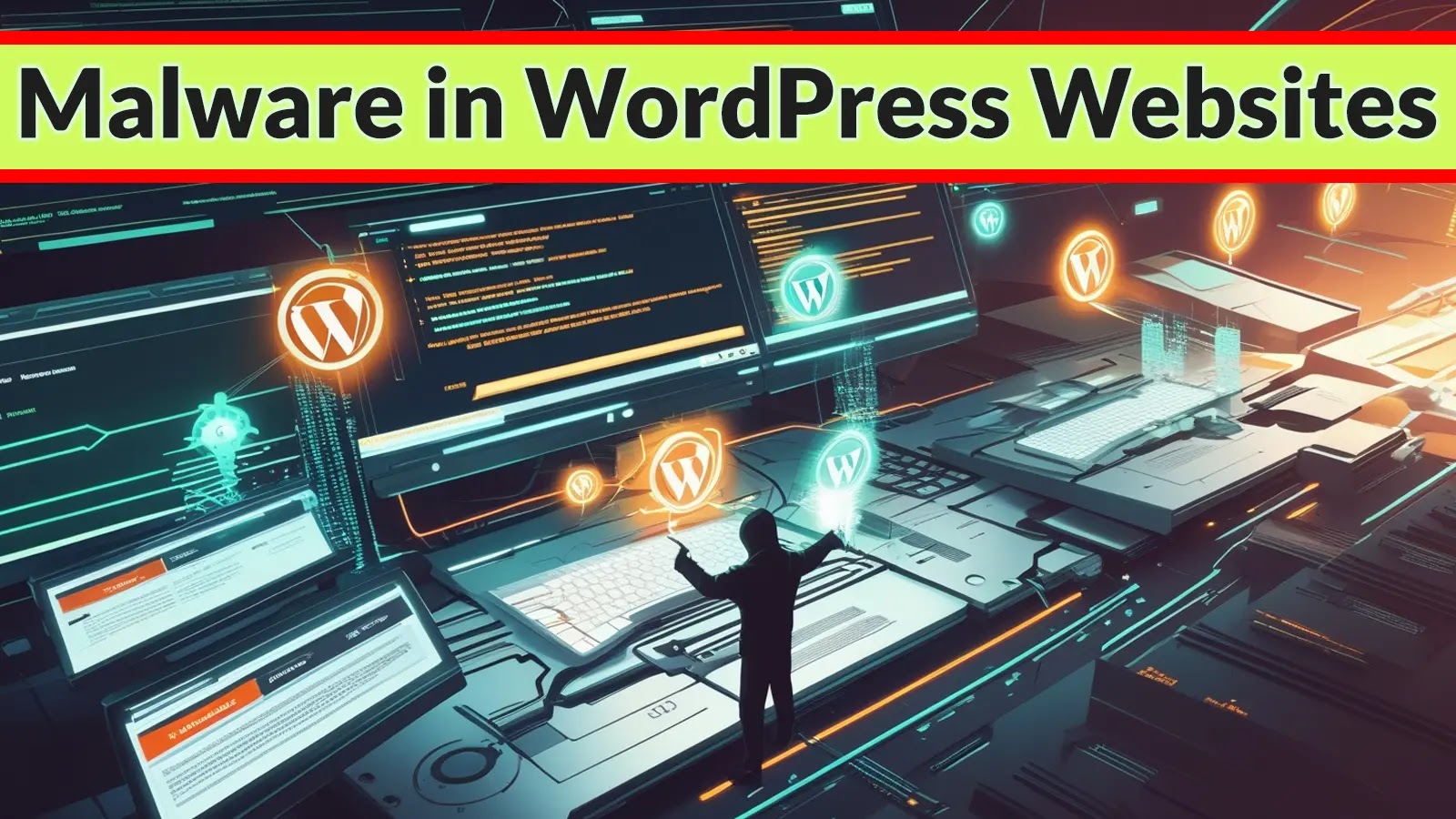Recent investigations have unveiled a sophisticated cyberattack strategy where malicious actors embed harmful code within the ‘mu-plugins’ directory of WordPress websites. This directory, designated for must-use plugins that load automatically, offers an attractive target for attackers aiming to establish persistent access and execute malicious operations without detection.
Understanding the Mu-Plugins Directory
The ‘mu-plugins’ directory in WordPress is intended for essential plugins that should always be active. Unlike standard plugins, those placed in this directory do not appear in the WordPress admin interface, making them less visible to site administrators. This characteristic is exploited by cybercriminals to hide malicious code effectively.
Mechanism of the Attack
Security researchers have identified that attackers are infiltrating WordPress sites and depositing malicious files into the ‘mu-plugins’ directory. One such file, named ‘index.php’, contains obfuscated PHP code designed to execute harmful payloads. The obfuscation serves to conceal the true nature of the code, complicating detection efforts.
Upon deobfuscation, the code reveals its function: it retrieves and executes additional malicious scripts from external sources. This process enables attackers to run arbitrary code on the compromised server, leading to potential full control over the website.
Advanced Features of the Malware
The malware exhibits several sophisticated capabilities:
1. Server Communication: The code establishes communication with attacker-controlled servers, often using encrypted channels to evade detection.
2. Robots.txt Manipulation: It modifies the ‘robots.txt’ file to create fake sitemaps, which can be used to boost malicious SEO campaigns or mislead search engines.
3. Persistence Mechanisms: The malware employs advanced techniques to maintain its presence on the server, such as encrypting payloads and using legitimate-looking plugin files to avoid suspicion.
Implications of the Attack
The consequences of such infections are severe:
– Data Theft: Attackers can access sensitive information stored on the server.
– Malware Distribution: Compromised websites may be used to distribute malware to visitors, further propagating the attack.
– Reputation Damage: Being flagged as malicious can lead to loss of trust and reduced traffic.
– SEO Manipulation: Altered sitemaps and content can negatively impact search engine rankings.
Mitigation Strategies
To protect against such threats, website administrators should:
– Monitor File Integrity: Regularly check for unauthorized changes in the ‘mu-plugins’ directory and other critical areas.
– Restrict PHP Execution: Disable PHP execution in directories where it is not necessary, such as upload folders.
– Update Credentials: Regularly change and strengthen admin, FTP, and database passwords.
– Implement Security Measures: Use web application firewalls and security plugins that monitor for unusual activity in the ‘mu-plugins’ directory.
– Regular Updates: Keep WordPress core, themes, and plugins updated to patch known vulnerabilities.
Conclusion
The exploitation of the ‘mu-plugins’ directory underscores the need for vigilant security practices among WordPress site administrators. By understanding the mechanisms of such attacks and implementing robust security measures, website owners can significantly reduce the risk of compromise.



